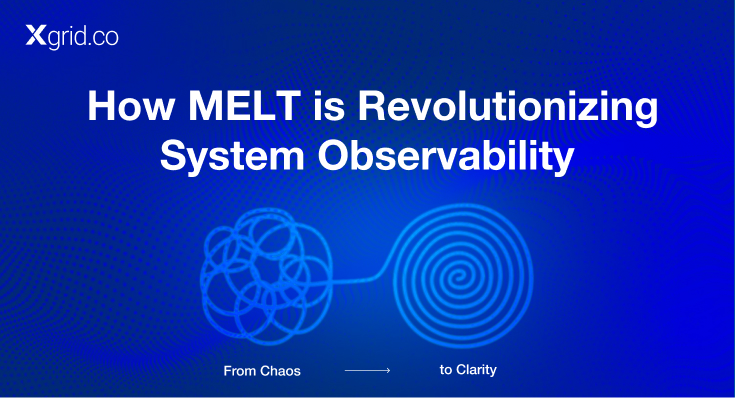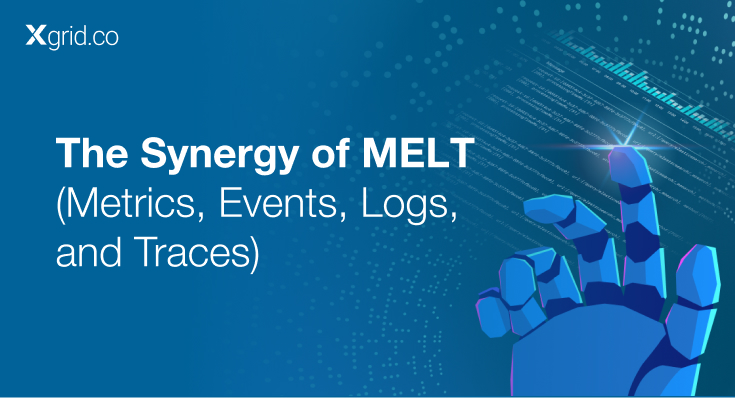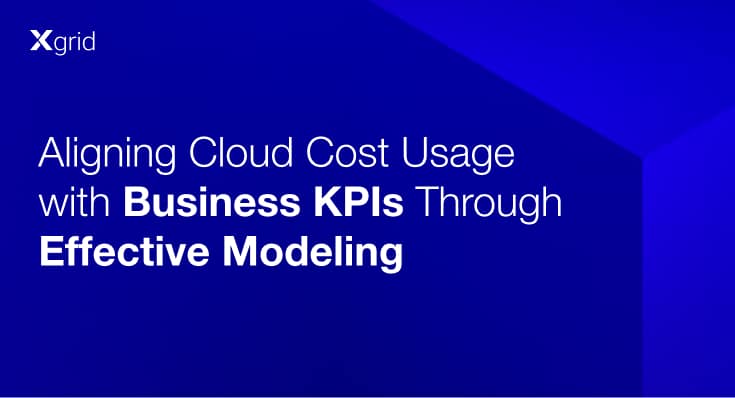Maximizing Cloud Efficiency: Applying Actionable Observability Insights
The complexities are twofold: firstly, selecting observability tools that offer actionable insights, and secondly, ensuring that these tools integrate seamlessly into existing workflows without causing organizational friction.
This challenge becomes particularly pressing in today’s era, where cloud cost optimization is not merely a perk but a necessity.
How Important is Observability?
A good observability strategy is essential for a seamless cloud system. Whether your company is a Unicorn or a pre-seed startup, closely monitoring the health and state of your systems will ensure peak efficiency (provided you resolve the issues as soon as they arrive).
The real value of observability insights comes into play when your services go down. No matter what manner of business you are running, your first priority is going to be restoration of your services. Your customers, business operations and above all, your reputation depends on it. In that case, observability insights come into play, cutting time and resources needed to drill down and find the actual problem.
Not to mention, if you know you can deploy higher level services thanks to actionable insights about your system, you might even be able to keep providing value without losing business.
Downloads
Article (PDF-276 KB)MOST POPULAR INSIGHTS
- How MELT is Revolutionizing System Observability
- MELT: Transforming System Observability for Proactive IT Excellence
- Aligning Cloud Cost Usage with Business KPIs Through Effective Modeling
- Determine Your Cloud Cost Footprint Accurately Before It’s Deployed
- Navigating Challenges in Cloud Cost Monitoring and Optimization
The Human Element in Observability Strategy
While tools and technologies are essential, they are just one part of the equation. The human element plays a significant role in the successful implementation of an observability strategy. Whether it’s a developer, a DevOps team, or a FinOps team, asking them to suddenly adapt to new tools can trigger resistance, decreased productivity, or even defiance.
To overcome this challenge, the focus should be on introducing observability tools that complement existing workflows and don’t come across as an imposition. This calls for meticulously designed user experiences and tool interfaces, reducing the learning curve for the team involved.
Infusing a Culture of Cloud Efficiency
In dealings with Fortune 500s, it becomes evident that the real secret lies in organizational culture. The top management must underline the criticality of cloud efficiency and the role of observability tools in realizing it. This culture is instilled through a blend of adequate training and robust workflows that make the transition as seamless as possible.
Cloud DevOps consulting plays a pivotal role in this process, ensuring that the workforce comprehends the tangible benefits—be it in terms of cost savings or streamlined operations—so they are more likely to engage proactively with the new tools.
Cloud Cost Reduction Through Observability
Observability is not just about monitoring; observability insights are invaluable in cloud cost optimization challenges.
This optimization goes beyond just selecting the right set of tools; it involves setting up mechanisms that actively drive cost savings. Effective observability strategies are those that enable real-time monitoring and automated responses to any anomalies, thereby not just identifying but also rectifying inefficiencies as they occur.
Collaborative Cloud Cost Optimization Strategies
None of this can occur in isolation. A successful cloud cost optimization strategy requires cross-team collaboration. Finance, operations, and tech departments need to work cohesively to identify areas of potential savings, recommend suitable tools, and then implement these solutions effectively. This collaboration breaks down the silos that often impede the path to full-scale cloud efficiency.

Established in 2012, Xgrid has a history of delivering a wide range of intelligent and secure cloud infrastructure, user interface and user experience solutions. Our strength lies in our team and its ability to deliver end-to-end solutions using cutting edge technologies.
OFFICE ADDRESS
US Address:
Plug and Play Tech Center, 440 N Wolfe Rd, Sunnyvale, CA 94085
Dubai Address:
Dubai Silicon Oasis, DDP, Building A1, Dubai, United Arab Emirates
Pakistan Address:
Xgrid Solutions (Private) Limited, Bldg 96, GCC-11, Civic Center, Gulberg Greens, Islamabad
Xgrid Solutions (Pvt) Ltd, Daftarkhwan (One), Building #254/1, Sector G, Phase 5, DHA, Lahore




